Kansas Collection Artificial Photograph Collections
June 11th, 2019Sometimes archivists and special collections librarians “create” collections for their institutions by grouping together like items that came from different sources. We call these artificial collections, and we typically do this in order to make materials more physically manageable and/or more easily accessible to researchers.

From the 1980s through early 2000s, archivists in Spencer’s Kansas Collection , focusing on regional history, worked with dealers specializing in photography to purchase a wide variety of photographs of Kansas, Nebraska, Missouri, Iowa, and other surrounding states. These photographs display street scenes and aerial views of small towns; exterior (and sometimes interior) shots of churches, schools, courthouses, and other public buildings; interior and exterior shots of drugstores and other commercial buildings; residences; portraits of individuals and groups; rodeos, theatrical entertainments, and opera houses; and a wide variety of other subjects. Staff carefully chose these hundreds, even thousands, of images for their subject matter and content.
At that time, Kansas Collection staff had a practice of describing these images individually on paper worksheets, assigning each image its own call number, and placing the worksheets in notebooks for patrons and staff to access in the reading room. This practice became untenable over time, particularly as the library moved away from analog description to online finding aids, and hundreds of these images remained inaccessible in an unprocessed backlog.
In the past year, processing staff – in collaboration with curators and public services staff – developed a new workflow for managing these photographs through the creation of three artificial photographic collections: one for Kansas images, one for non-Kansas images, and one strictly for portraits (i.e. individuals typically formally posed in a photographic studio, rather than large groups at church or fraternal meetings, or athletic teams, or other images of people that could fit into a subject theme). These images are now described online in Spencer Research Library’s finding aid system and available for research.
The artificial Kansas collection of photographs includes images from across the state. It is organized by county and then by town or other political boundary within each county. These images are further categorized by subjects such as agriculture, education, recreation, social customs, etc.
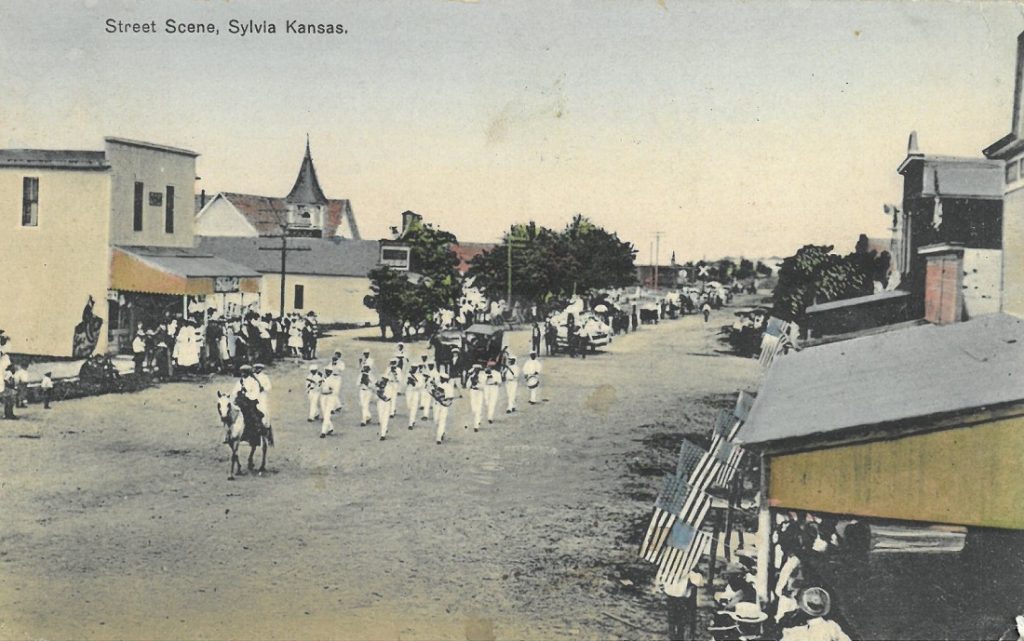
Non-Kansas images are organized alphabetically by state and then simply by town or other political boundary.
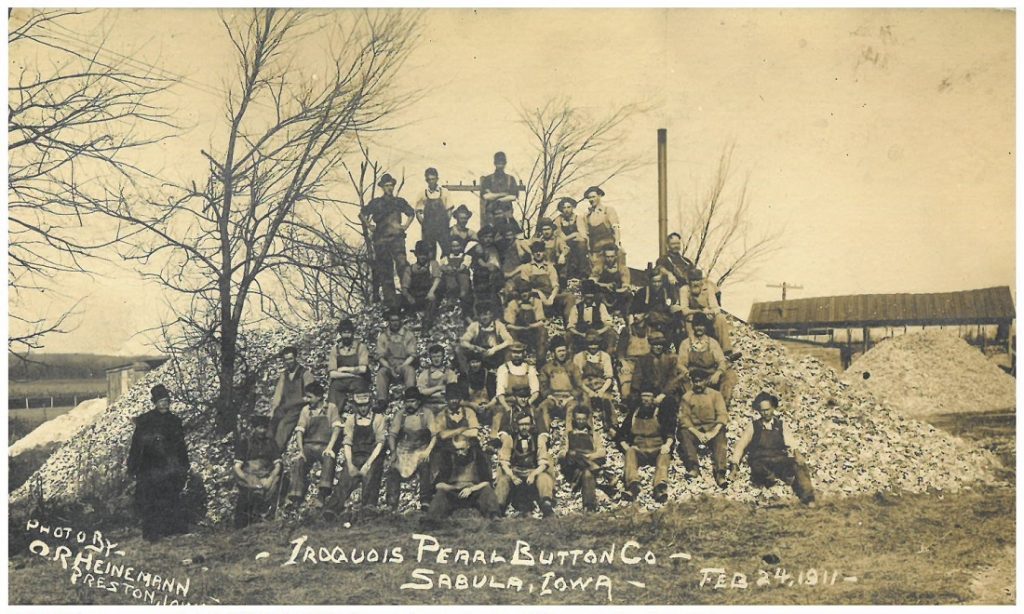
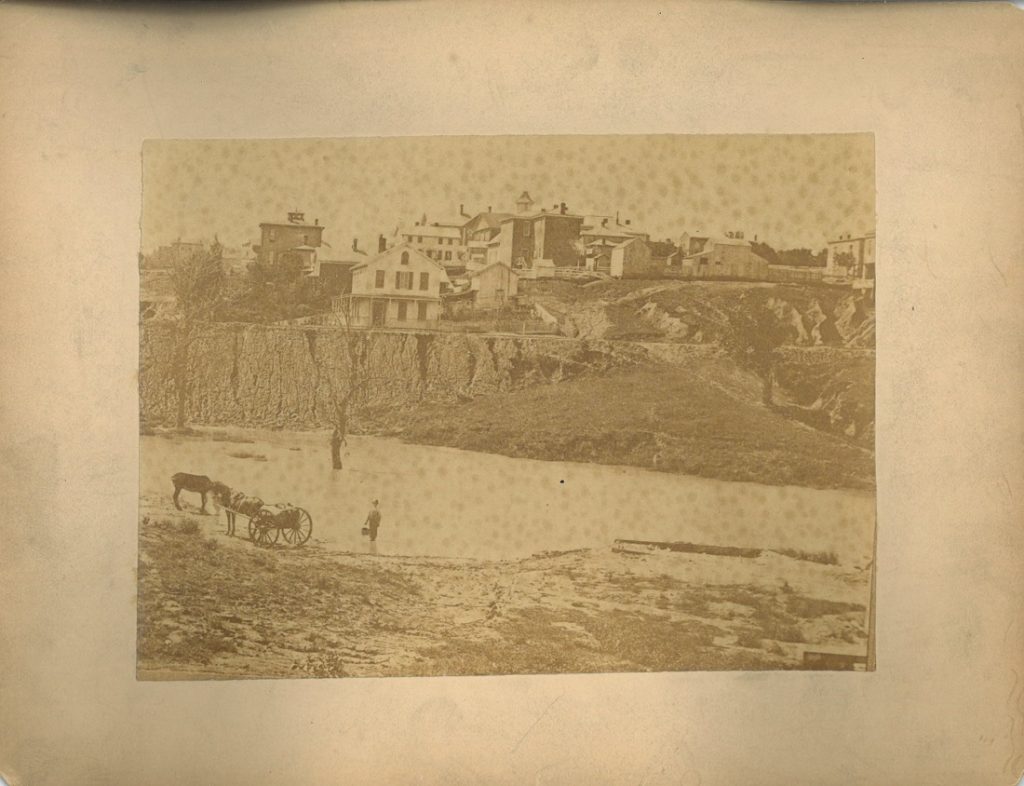
Portraits are organized either alphabetically by family name, if provided, or grouped by babies, children, men, women, and groups of people when individuals are unidentified.
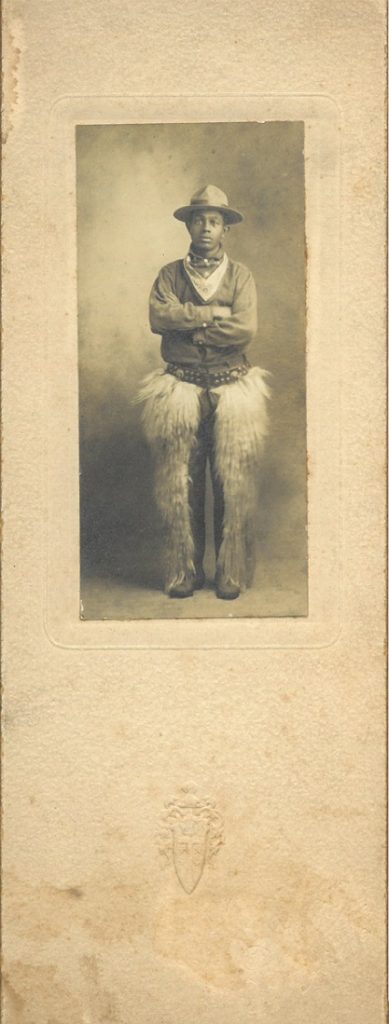
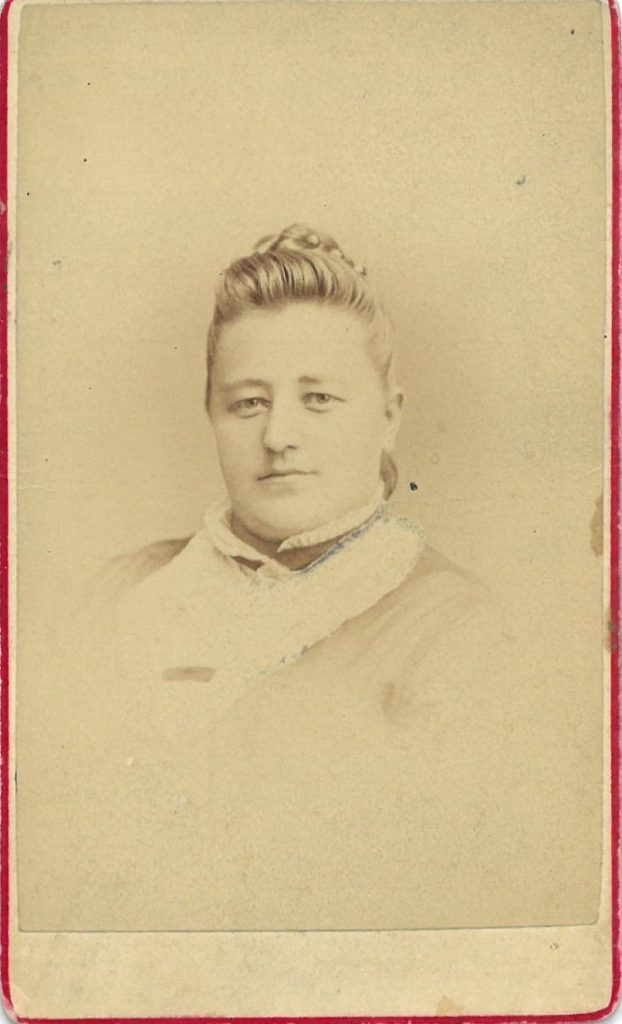
Many of the images in these artificial collections are real photographic postcards, typically sent between 1900 and 1920; many of these same postcards have messages on the back. The artificial collections also include mounted prints, glass plate negatives, cabinet cards, cartes de visite, and other photographic formats and processes.
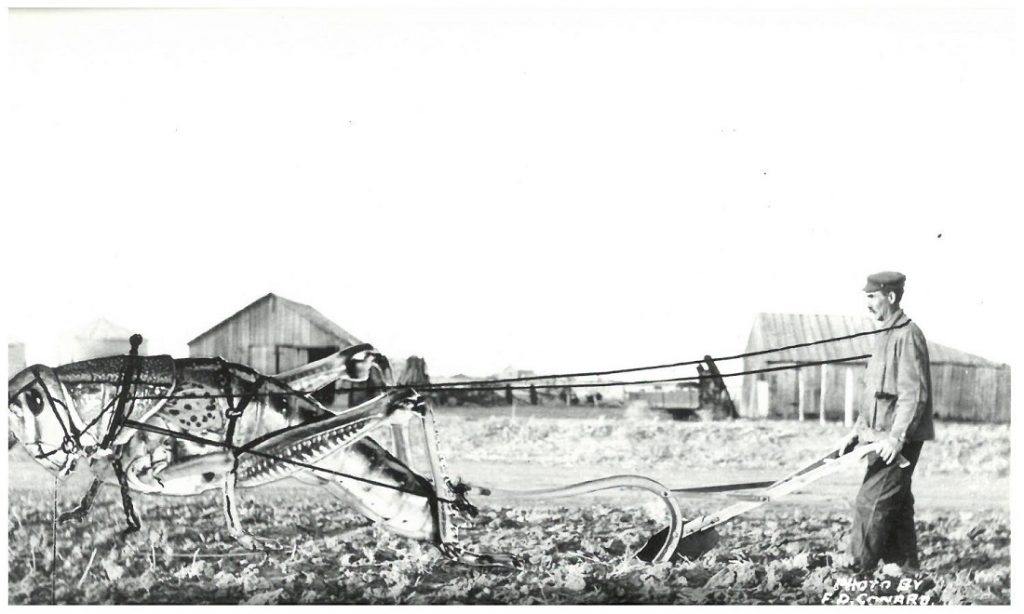
When a photographic collection comes from a singular donor, such as a photographic studio or collector of photographs or a local family, these images will continue to be handled as separate and unique collections. The Kansas Collection has a rich and varied set of photographic collections; these artificial collections both supplement and complement what is available in other collections at Spencer Research Library and at other collecting institutions in Kansas and the surrounding states.
Please feel free to explore these newly processed collections!
Marcella Huggard
Archives and Manuscripts Processing Coordinator
